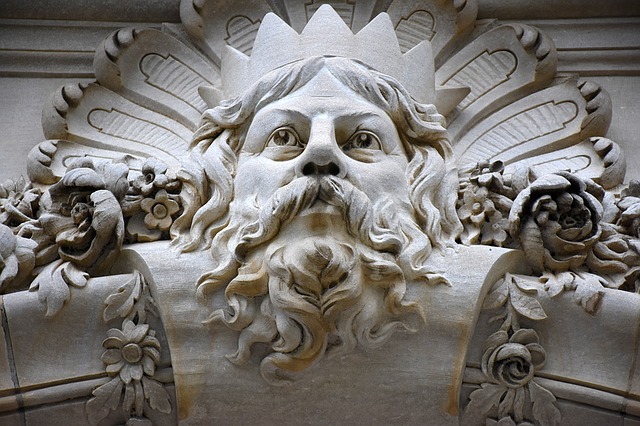Ancient Greek mythology is vast, with numerous stories of gods and heroes. Tales of human and animal sacrifices to appease the classical Mount Olympus pantheon appeared in the works of Greek literary greats such as Homer and Plato. Until now, those were just that – stories, the Smithsonian reports.
A team of scientists may have confirmed myths of human sacrifices true, as the 3,000-year-old remains of a teenage boy were found on an ash altar at Mount Lykaion – the earliest known site sacred to the Greek god ruler Zeus. From sometime between the 16th century BC to 300 BC, thousands of animals were said to have been slaughtered at the mountaintop altar in honor of the god of the sky, lightning and thunder.
The archeological site has been under excavation since 2006, with scientists finding proof of life as early as 5,000 years ago – way before the concept of Zeus in Greece. Animal bones, pottery shards and metal objects were recovered, but no human remains turned up until this summer.
David Gilman Romano, Greek archeology professor at the University of Arizona, who has worked on the dig, says that while ancient texts mentioned rumors of human sacrifices at the altar of Zeus, they had found no evidence of such until these bones. He says,
Whether it’s a sacrifice or not, this is a sacrificial altar…so it’s not a place where you would bury an individual. It’s not a cemetery.
One of the more popular, and darker, stories on human sacrifices on Lykaion comes from the writings of Pausanias, an early Greek geographer who writes in Description of Greece about the tale of Lycaon, the first king of Arcadia. According to the story, the king served up one of his sons to Zeus at a dinner party. Zeus was so angry that he turned Lycaon and his sons into wolves, which led to the tradition of slaughtering a boy on the altar of Lykaion annually, along with some animals. The meat was mixed up, cooked and whoever ate human flesh would be turned into a wolf for nine years.
The Guardian reports that the remains were found deep in an ash pit on the mountain, laid out east-west with two columns of stones along the sides and more stones on the pelvis. The upper skull had some parts missing.
Scientists at the site continue to excavate, and future digging will hopefully show if the remains are an anomaly or if the altar has other human skeletons around it. The results of the dig have yet to be published in a peer-reviewed jurnal.
























